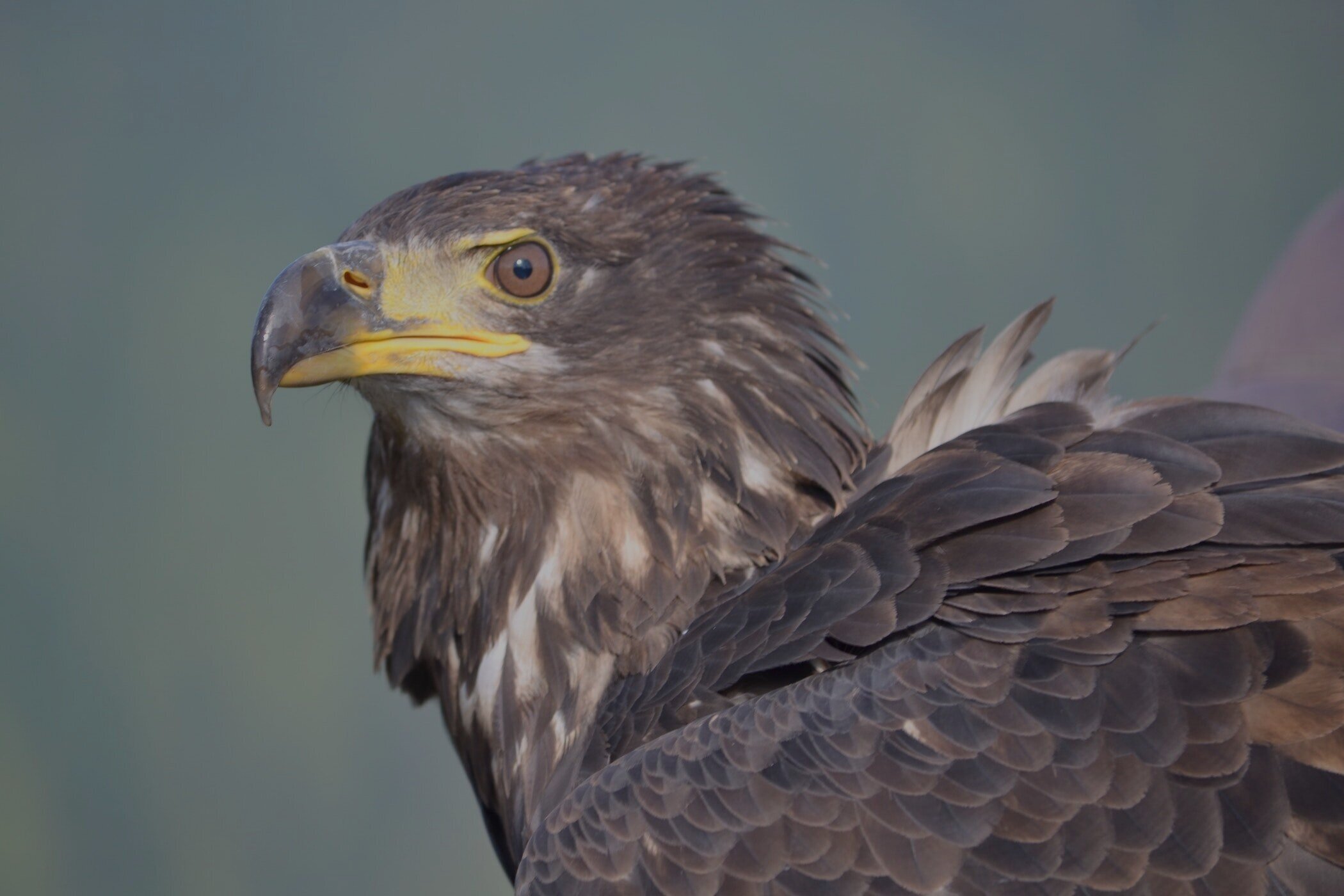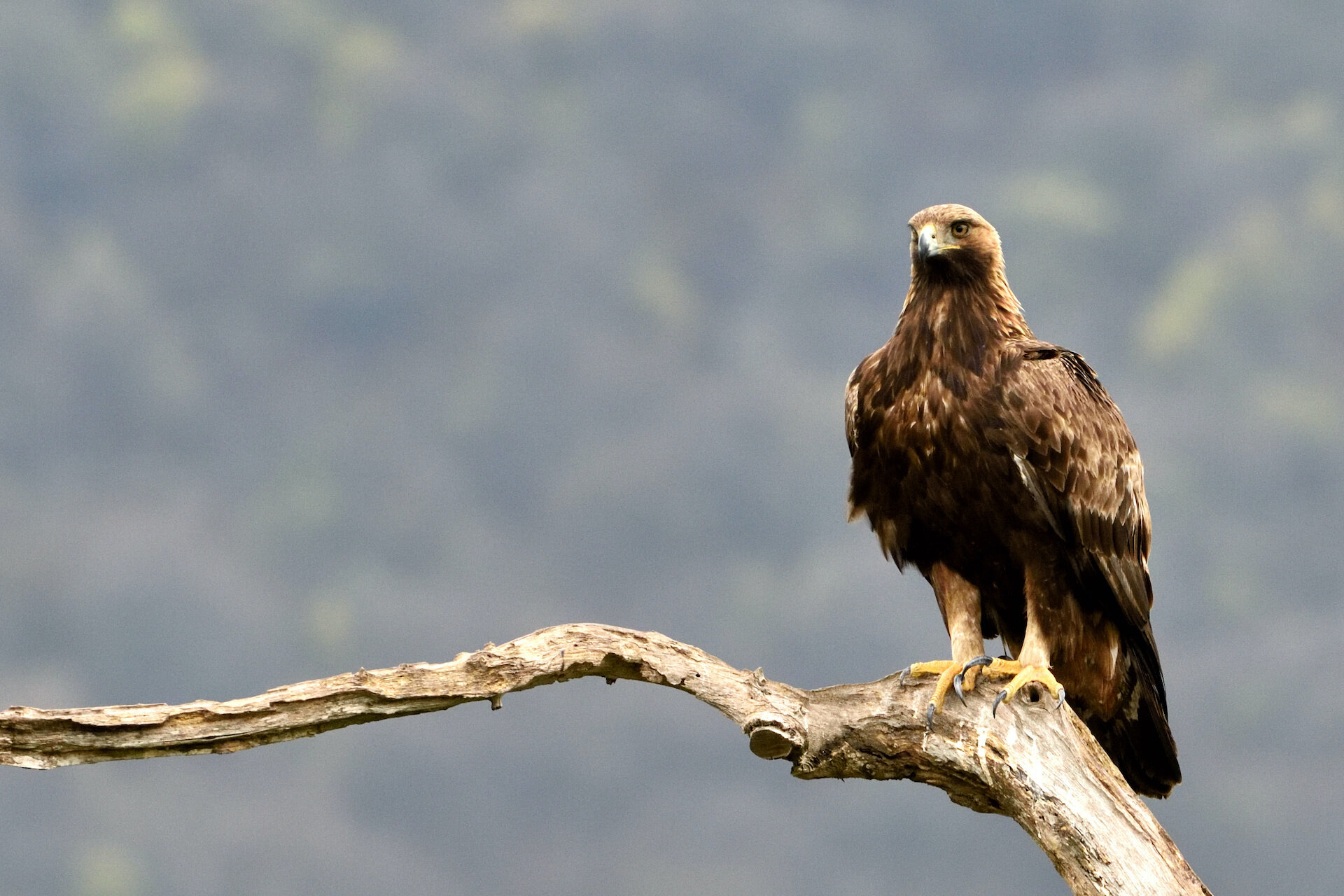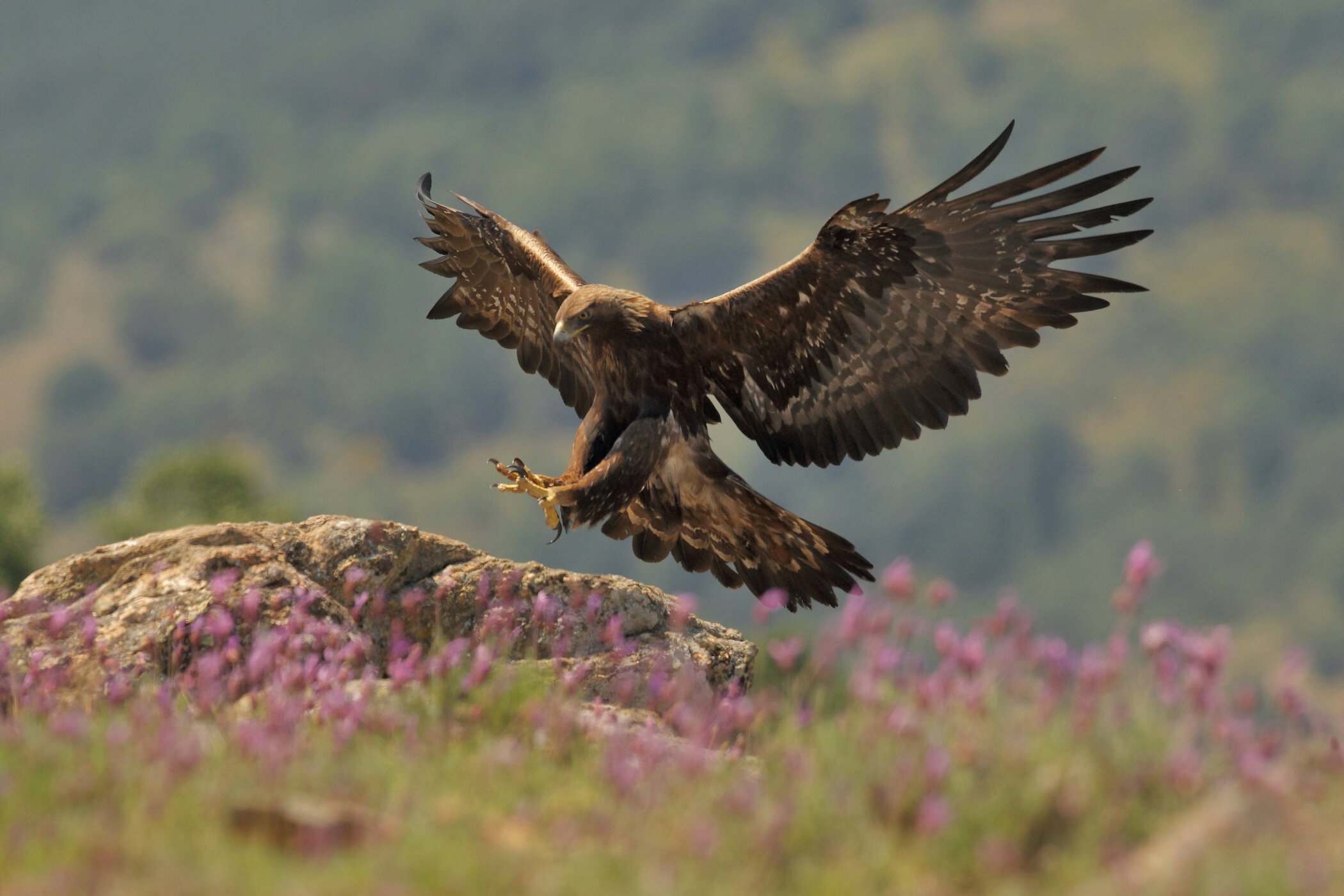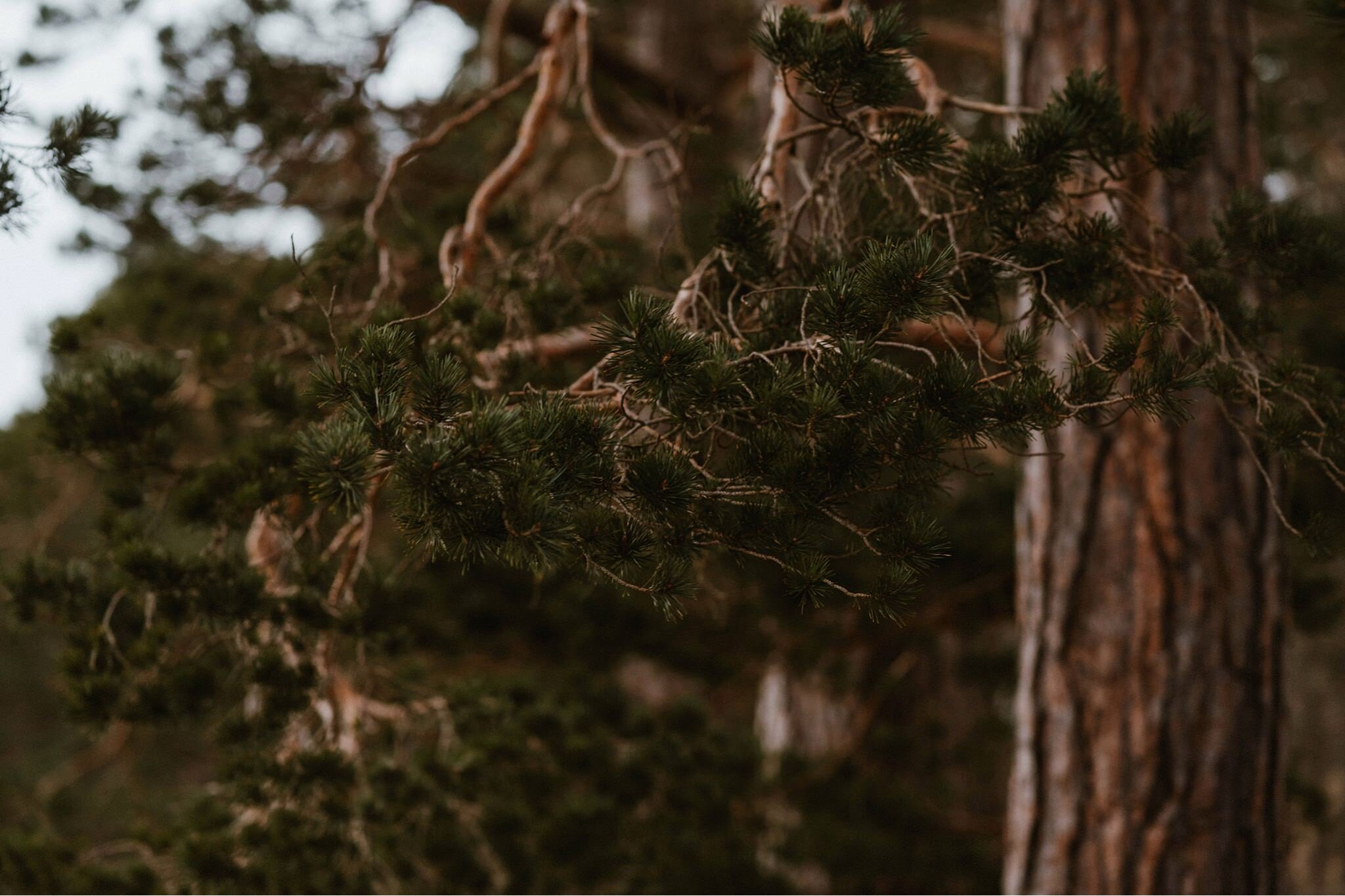
The golden eagle stands as a potent symbol of Scotland’s majestic wild places. They are large, powerful raptors who play an important role in the delicate balance of natural habitats in the Highlands.

In 2015, the Scottish breeding population of golden eagles was estimated at 508 pairs, many of which are found in the Highlands. WildLand Cairngorms is home to five of these breeding pairs.
During 2019, WildLand fitted four GSM tags to golden eagle chicks within their landholding. Now, in 2021, we’re continuing to monitor these creatures.
Some handy golden eagle facts
↓

Monarchs of the sky →
In Celtic mythology, the eagle is traditionally seen as one of the oldest of all creatures, surpassed only by the salmon in wisdom and age. Spotting a golden eagle as it soars above the mountains, it’s hard not to share in that wonder. These are big birds. An adult golden eagle has a body length of between 80 and 90 cm, and a wingspan up to 2.3m. Female golden eagles are larger than males, and can weigh up to 6.5 kg, whereas the males can hope to reach 4.5kg.
These eagles earn their moniker from their dark brown plumage, punctuated by a golden area at the back of their head.
Eagles tend to soar and glide, using air currents, rather than flapping their wings. They can reach speeds of up to 120mph while gliding, and can dive at speeds of 150mph as they catch their prey with their talons.
A key species →
As an apex predator, the golden eagle plays a crucial role in the balance of natural habitats in the Highlands. By preying on more abundant species, such as grouse, the golden eagle helps to control populations of certain small mammals and birds, which in turn contributes to the biodiversity of the habitat. But it’s not all hunting at 150mph. The golden eagle is also a part-time scavenger, feeding on the carcasses of larger animals.
The life of a golden eagle, when lived to its fullest, can extend up to 38 years in the wild. Although much is known about the role of golden eagles in the landscape, we still have a great deal to learn. That is why WildLand has invested in a comprehensive monitoring programme, following the life and times of eagles who call our land home.
Hope for the future →
The story of the golden eagle has not always been a happy one. Today, Scotland plays host to just over 400 pairs. However, the golden eagle’s natural prey of grouse and roe deer calves has marked it as a target for persecution in the past. Poison, shooting and trapping have all been used, illegally, to restrict the golden eagle’s natural advancement into new territory.
In tracking their progress, we hope to learn more about how these birds interact with the landscape through the course of what is, hopefully, set to be a long life in the wild.
Subscribe to the Wildland Notebook
Get our little insights from life in the wild Scottish Highlands direct to your inbox.

